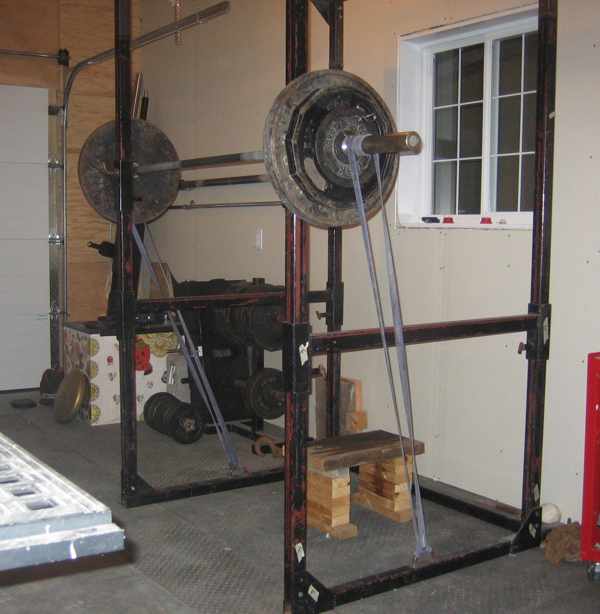Pardon my ignorance, but what is the difference between training for strength/power and for hypertrophy/size? It seems that if one becomes strong enough to squat 400 pounds or bench press 300, they are not going to be small and weak?
J – Thanks for the question. This is actually a great question that I don’t believe many people ever consider. It also touches on some of the fine points of programming and why – in my (not-so-humble) opinion – SAPT really excels at program design and getting our clients to their goals.
Your assumption that if someone is able to squat X and bench Y they will not be small and weak is basically correct. BUT, to get them to those goals you have to begin complementing the heavy compound or main movements with accessory and supplemental work that will effectively support the needed growth to hit those heavier maxes. When I say growth, I am referring to both neural growth/adaptations and actual muscle hypertrophy.
If one were to stick with a strict maximum strength development program they would be missing out on the strength and hypertrophy spectrum. The result would be very little hypertrophy because the volume will be so low… even though the weights will be very heavy. The primary result will be neural adaptations. As a side note, this is the style training I use with my college teams when I only want performance improvements and very little gain in weight or size: maximum strength, strength-speed, speed-strength, and speed methods.
On the other hand, if you begin to carefully combine the maximum strength work with some hypertrophy and strength set/rep ranges then you will be able to simultaneously (and very efficiently) gain the needed muscle to support the improved neural functions.
Hope this answer helps clear things up!

